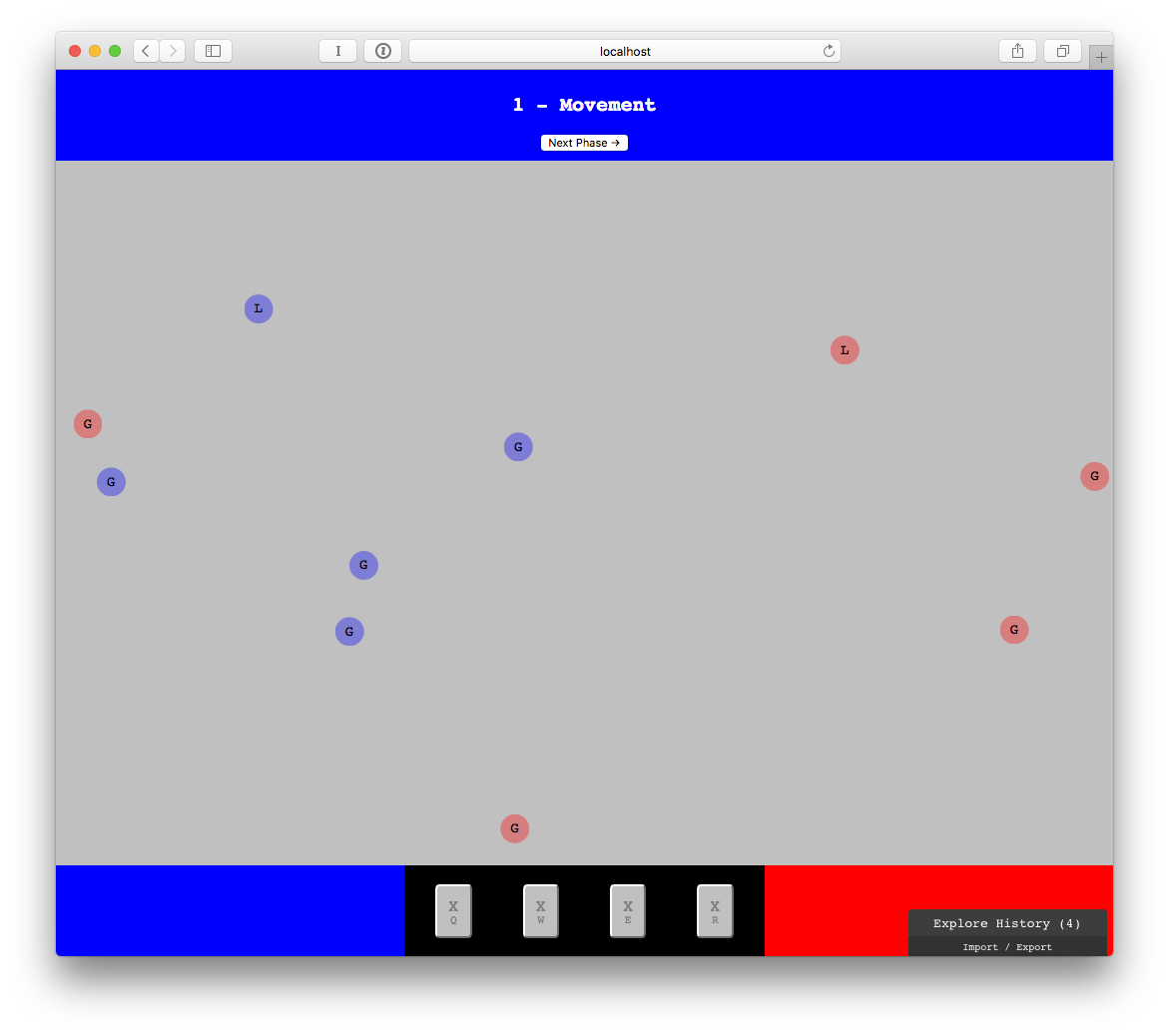The Programs of the Last Week of 2016
This Week’s Program: Dec 26 - Dec 30
This is the last Tinyletter I’ll be sending in 2016. Happy New Year! 🎉
2016 in Review
In 2016, This Week’s Program hit its one year anniversary.
In the first half of 2016, I continued the previous year’s experiments
in Clojure and Overtone
with sonic-sketches, picking up spare bits of
Music Theory along the way. On New Year’s Day, I wrote code to
generate a version
of
Auld Lang Syne. I
learned to use core.async and Communicating Sequential
Processes. I wrote a macro. I survived a blizzard named Jonas and
attended IndieWebCamp. I
made
drum machines and
generated
music based on the weather in NYC. I
got lost in the weeds setting up Vagrant and running
sonic-sketches in Linux. I wrote a bunch of Bash in provisioning
steps. I dabbled in Vagrant and Packer. I was lost for months in the
waters of AWS and declared that “DevOps is the Kale of
programming.” I learned to
love CloudFormation. In
mid-August I
released @sonic_sketches: a
Twitter bot that procedurally generates a daily song based on the
weather in Manhattan with an accompanying
video. I reflected on its launch and got to demo it in
September at the wonderful XOXO festival.
In 2016 I left my job at Rent the Runway and joined the team at Harry’s. I gave a talk at the wonderful !!con about pseudo-random number generators.
In 2016 I spun up a FreeBSD server on Digital Ocean. I didn’t do all that much with it, but I was able to get Emacs up and running and commit some code.
In 2016 I picked up the Elm programming language to
create hive-city, my first
game.
2016 was a difficult year for a lot of different reasons. In 2016 I wrote a lot of code and learned a lot of new things. I hope 2017 is better.
Here’s my review of 2015, for the curious.
I took this Monday off from writing code. I made a bunch more progress
on Hive City’s Campaign module and refactoring. Here are some of the
highlights from the commits:
9567bb7d0ff6aeac781c869cff367adbcd11283e
I create a new module: View.Controls. This is my first time using a
subdirectory to organize the modules in the game, and my first time
moving view concerns into a separate module.
In the new controls, I always display four buttons. Those buttons are
assigned a key: Q, W, E, or R. I was inspired by the controls of
a
MOBA. Those
keys are joined to a Maybe Action from the list of available actions
of the Player through a clever (if I do say so myself) use of the foldl,
head, and drop List functions. There’s probably a more concise way
of doing this pairing, but I found it to be delightfully Lispy.
2698889215680ff7e24a8e85956aef4e7b4cc60b
I wire up my new View.Controls to the Campaign and do a bit of
refactoring. Now the keys are represented by a sum type called
ActionKey.
89945f4c155a6fcf89419749dbbfef4027e48267
Back in Campaign, I bring back the Rolling and DiceRoll
functionality, but a bit more refined. Now the Player.execute
function always takes a Dice argument.
Having learned a few things from my work in Elm’s Task module, I
feel like this approach is a lot more elegant than what I had in the
previous Main module.
28a0ff28980a23c89dbebbbd7f7feb50475e0c3e
I wire up keyboard controls here. Because of the ActionKey type I
created earlier, key presses just become as simple as
takeAction Controls.Q
This maps back to the pairing of action keys and actions from the
View.Controls module and returns a Cmd Msg that will call the
Command message with the associated action.
Here’s what Hive City looks like now:

Thank you for reading my writing and my code in 2016. I am so grateful that you give me this space in both your inbox and in your day.
Wishing you the best in 2017,
🍾 Mark